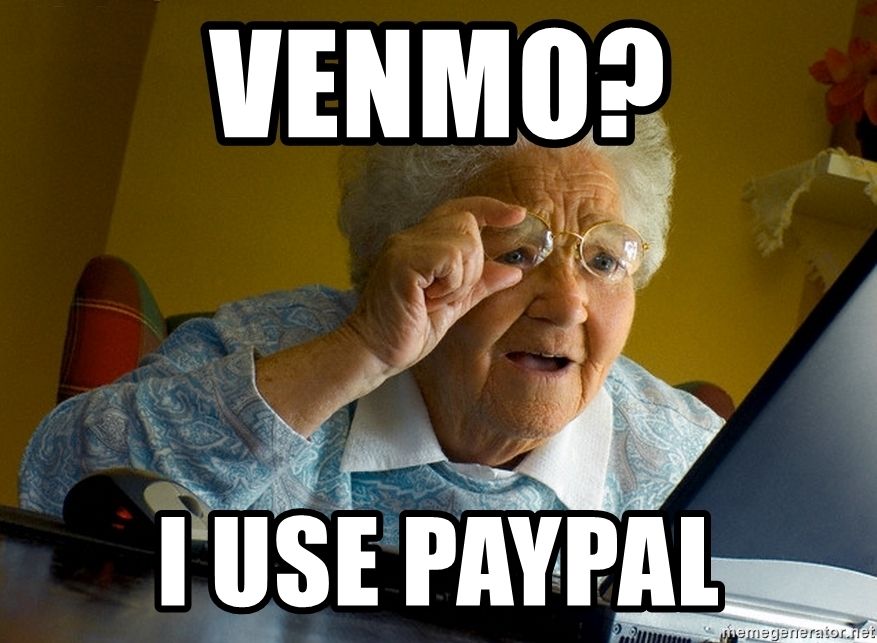Is it time to buy PYPL? The no-brainer pick in the dip

PayPal is a payment processing platform for consumers and businesses. It also owns Venmo, a famous money-transfer app, and Honey, a browser add-on that finds coupons automatically. During the epidemic, e-commerce and digital payments profited, and PayPal gained significantly.
Why did it drop about 40% since its all-time high?
Bears are concerned about eBay's (NASDAQ: EBAY) move away from PayPal. The deal between eBay and PayPal, the primary payment processor, has ended. But PayPal's third-quarter payment volume from eBay was merely 3%.
Payment volume increased 26% to $310 billion in Q3, bringing PayPal's 12-month volume to $1.2 trillion. Excluding eBay, transactions increased 31%. Revenue climbed 13% with eBay and 25% without. PayPal has lost a steady income source, yet it is still doing well.
Amazon (NASDAQ: AMZN) recently replaced PayPal's eBay connection by allowing Venmo as a payment method. This is crucial since PayPal's main product is not allowed as a payment method on Amazon. PayPal may now earn fresh money from Amazon, the world's biggest e-commerce shop.
The market appears to have forgotten PayPal's promise.
Paypal is cheap; I calculate that at its current price to free cash flow, the market expects to grow FCF by about 20% a year for the next 5 years (to go back to the Software industry median of 27, which is lower than Mastercard and Visa historic P/FCF median). Paypal grew at twice that rate in the past 4 years.
PayPal is still a growth company, with Analysts forecasting a 20% CAGR growth rate in the next 5 years and a 10 pts increase in operating margins.
PayPal has $19.4 billion in cash and equivalents on its balance sheet and generates over $1.3 billion in quarterly cash flow. PayPal likes to expand through acquisition, so it can do it without borrowing debt or diluting investors. For example, It recently announced that it has agreed to buy Japanese buy-now-pay-later site Paidy for $2.7 billion.
Are you enjoying this content? If yes then please support me to keep going, by subscribing for just $5/month, and get exclusive access to our Slack workspace.
Is Paypal still innovative enough?
PayPal wants to be its consumers' one-stop financial store. Its "super app" plans might contain functions like check cashing, bill pay, budgeting tools, and more.
PayPal is also aggressively investing in its purchase now, pay later (BNPL) option. The platform (known as "Pay in 4" in the US) will no longer levy late fees. Customers who utilize BNPL instead of paying in full spend up to 39% more than those who pay in full.
Paypal still has a huge potential.
PayPal's yearly volume of $1.25 trillion seems impressive (and it is), but when compared to the global digital payment volume of $185 trillion, PayPal doesn't look that mature. Remember that payment volume is just one factor, particularly now that PayPal has expanded its consumer product line. If PayPal can maintain double-digit user growth while increasing average user monetization, it might double in size in the coming years.
Bonus insider signal. I would still buy Paypal without it, but I can't say I don't love seeing insiders putting skin in the game with their money at the same time I do. On November 23th, a Paypal board member, David Dorman, bought for about $300k in shares. On December 3rd, another director, Lores Enrique, bought $500k of shares. The risk-reward ratio is just too good to pass, I am adding to my position.
The author of this post owns shares of PYPL. The Rookie Investor recommends PYPL. The Rookie Investor has a disclosure policy. This article by The Rookie Investor is not financial advice as it does not take account of your objectives, or your financial situation. We aim to bring you long-term focused analysis driven by fundamental data. Note that our analysis may not factor in the latest price-sensitive company announcements or qualitative material. eToro is a multi-asset platform which offers both investing in stocks and cryptoassets, as well as trading CFD assets. Please note that CFDs are complex instruments and come with a high risk of losing money rapidly due to leverage. 67% of retail investor accounts lose money when trading CFDs with this provider. You should consider whether you understand how CFDs work, and whether you can afford to take the high risk of losing your money.
Have feedback on this article? Concerned about the content? Get in touch with us directly.